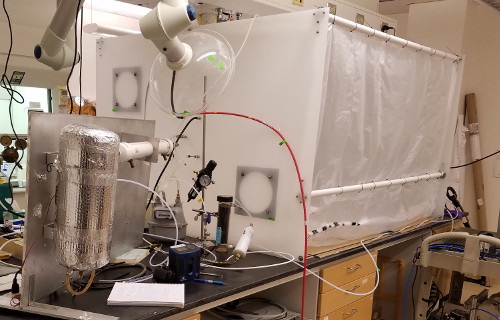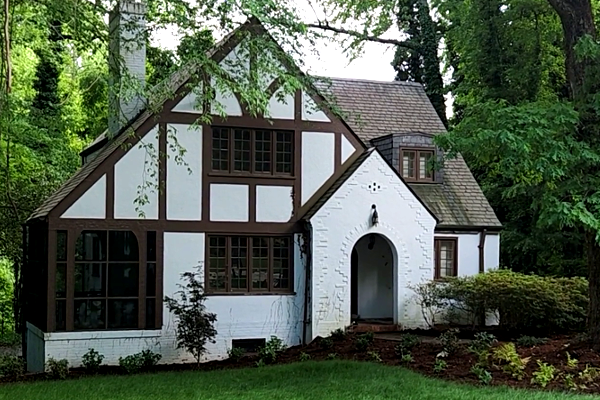PreMiEr Testbeds
The “built environment” is incredibly diverse, including not only homes and workplaces, but also vehicles, shopping malls, entertainment complexes, hospitals, and even the International Space Station! Even within the same type of structure, for example residences, there can be significant differences in how those homes are constructed, what materials were used, whether or not HVAC systems are installed, exposure to the outdoors, differing climates, and myriad other factors that can influence the associated microbiomes.
PreMiEr testbeds present a variety of opportunities for our researchers to test their hypotheses, collect samples, and deploy technologies for engineering built environment microbiomes and determining interactions with human-associated microbiomes. Recognizing that no single test bed, or even handful of test beds could possibly model the diversity of built environments, our testbeds were carefully selected to represent a range of values for researcher control, pathogen burden, and representation of real-world conditions.

Environmental Chambers
Constructed chambers in the labs of Drs. Barbara Turpin and Joe Brown at UNC-CH provide the simplest testbed for PreMiEr researchers. The conditions within these systems can be tightly controlled and instruments can directly measure a number of variables inside the chamber. This testbed is optimal for exploring the viability and proliferation of microbes on surfaces or delivered via certain methods (e.g., aerosols), but is poorly representative of a more complex “real-world” built environment.

Artificial Gut
The interaction of built environment microbiomes with human microbiomes can be tested in PreMiEr’s artificial gut testbed, located in the laboratory of Dr. Lawrence David at Duke University. This complex and controlled system inoculated with actual fecal material can simulate the human gut environment, allowing researchers to examine how microbes and metabolites identified by PreMiEr research thrusts might impact the human microbiome in a long-term, controlled, reproducible system.

PreMiEr Home @ Duke
The PreMiEr Home @ Duke, located on Duke University’s West Campus, built in 1932 was formerly a home to Duke faculty. Used by several organizations on campus for office space, this 4400 square foot residence of 3 stories (including a basement), 4 bedrooms, a kitchen, 4 bathrooms, and several living areas now serves as a PreMiEr test bed for examining the microbiomes of residences of this type.
Hospitals
Some of the PreMiEr testbeds most representative of the “real world” are found within the hospitals of Duke University and the University of North Carolina at Chapel Hill. Renowned for their excellent medical care, these buildings will also serve PreMiEr as study sites that carry both a high level of control but also a potentially localized high pathogen burden. These testbeds will be especially important for analyzing the spread of antimicrobial resistance and evaluating methods of preventing transmission of pathogens within a built environment.

Bolivian Built Environments
The final of PreMiEr’s testbeds can be found internationally in the country of Bolivia. Rural and urban buildings and homes in this country often look and operate quite differently than those in the United States with different drivers for microbial diversity. As such, this testbed presents an opportunity to study domestic built environments with relatively low environmental control and a potentially higher pathogen burden than structures typically found local to the participating research universities. Such contrast may help inform general conclusions drawn about domestic microbiomes or suggest improvements that might be made for residents of low or middle income countries.







